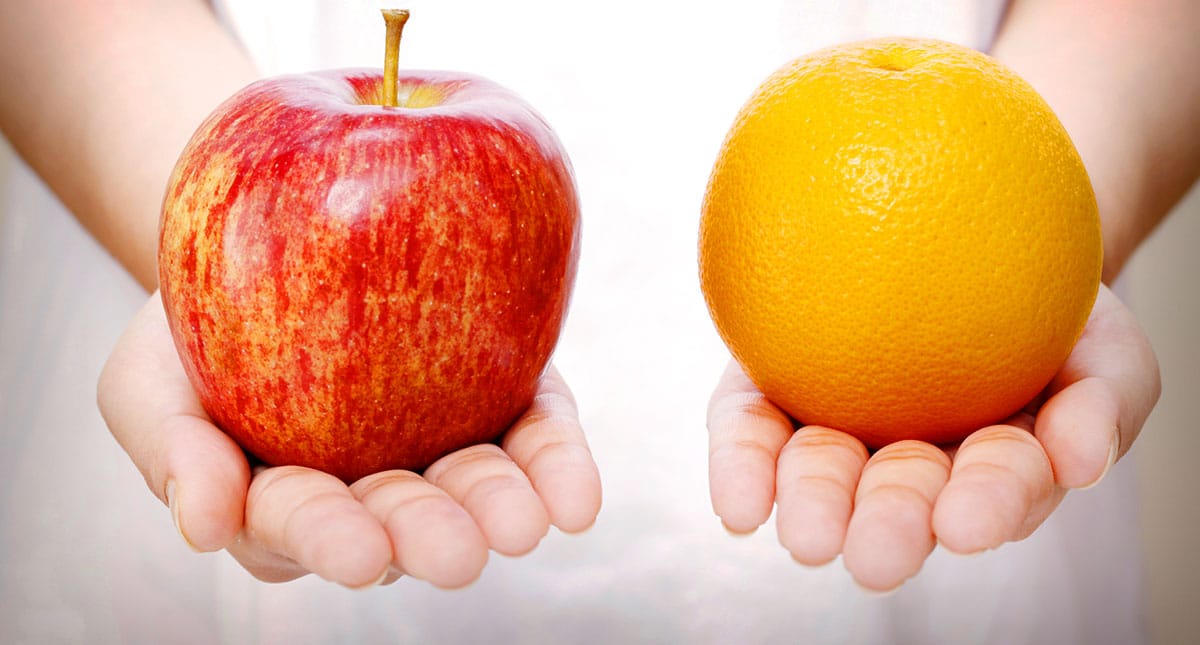If one were to place Amazon Prime and Whole Foods shoppers into a Venn diagram, the two circles would best be represented by an apple and an orange. And the overlap slice is not nearly as big as Amazon would like.
Since acquiring Whole Foods in 2017, Amazon has pursued its plan to expand into grocery, and an important element of that plan is converting Prime Members into Whole Foods shoppers. Among its efforts: Amazon has added Amazon Prime pickup within Whole Foods stores, offered two-hour Whole Foods grocery delivery to Prime members (free on orders of more than $35), and it has reduced prices at Whole Food, while giving Prime members an additional 10% off on sale items.
Yet 70% of Prime members say they rarely or never shop at Whole Foods, according to a recent survey by Wolfe Research, and just 18% shop at Whole Foods at least once per month. In contrast, 65% of Prime members shop Amazon’s website at least several times a month.
Amazon’s latest effort to improve those numbers: On April 3, Whole Foods began cutting prices on hundreds of items, offering special discounts to Amazon Prime members.
With each of these moves, Amazon is nudging the apple and orange to overlap more, but the common elements indicate it has challenges beyond price.
Prime Conversion: 5 Vexing (And Venn) Challenges
What gives? It turns out price reductions won’t be enough to convince Amazon Prime shoppers to venture into a Whole Foods. Here’s why:
- What once set Whole Foods apart is now commonplace, and cheaper. Organic foods are now mainstream, meaning Whole Foods is no longer the go-to for natural bites. According to the Organic Trade Association, 2017 sales of organic food and nonfood products rose 6.4%, to $49.4 billion. And the top rivals are surprising: In 2015, Costco surpassed Whole Foods as the No. 1 seller of organics. Today, it’s a tight race for leader: Kroger’s Simple Truth private label is now a $2.3 billion brand. And Aldi plans to expand its fresh food selection by 40%.
- The bananas could brown on the drive home. Whole Foods operates 477 stores in the U.S. Kroger operates more than 2,764. This means that in many markets Prime members would have to travel a decent distance (passing a lot of other options) before reaching a Whole Foods store. Even if they want to try Whole Foods’ 365 Everyday Value house brand, a lot of shoppers might not have the time to drive to the nearest location. Shoppers can order online and have the goods delivered, but lack of proximity still eliminates unplanned and quick trips.
- Amazon’s selection is devouring some of its opportunities. Online, Amazon’s wide range of offerings may compromise Whole Foods ability to compete. Amazon controlled 18% of U.S. online grocery salesfrom 2017 to 2018, according to a 2018 report by One Click Retail. That’s the largest share by any single retailer. However, while the addition of Whole Foods likely contributed to the growth, a lot of those sales were generated by other brands. The One Click report states that growth occurred across nearly all grocery categories, led by cold beverages. True, they aren’t all organic, but these products still consume a limited grocery dollar. Amazon’s top seller in the second quarter? Original Donut Shop coffee — not a Whole Foods product.
- Quality counts as much as price, and more merchants are delivering it. With the mainstreaming of organics comes quality. Some retailers, including Costco, have been pinged for selling factory-farmed organics. Specific product sourcing may not matter to casual organics buyers, but dedicated shoppers pay attention, and this has aided competitors that focus on food origin and quality. Thrive Market, for example, has been described as “Costco meets Whole Foods,” with private label products comparable in quality to those of Whole Foods. Thrive Market is mail order, but ships in two days like Prime, and its annual fee ($60) is often offset by credits it gives shoppers on their first few orders.
- More retailers are appealing to our charitable sides. Research has shown that giving to others makes people feel healthier. Those who buy organics and natural foods usually are health-conscious, so there may be a correlation. Most retailers, Whole Foods and Amazon included, operate charitable divisions or offer easy ways to donate. Still, giving back is a way to stand apart and the more it is entwined into the business model, the more likely it will hook the altruistic shopper. Each Thrive Market membership, for example, helps sponsor a membership and shopping credit for low-income families, students, teachers, veterans, and first responders.
Finding the similarities between Amazon and Whole Foods shoppers makes sense, but if Amazon were comparing apples and oranges, there may not be enough similarities to outsell the competition. Amazon may need to turn to its rich wealth of shopper data, or directly survey its best Prime shoppers, to learn what would persuade them to shop with Whole Foods over others, beyond price.
For that, Amazon will need a carrot.
Bryan Pearson a Featured Contributor to The Wise Marketer and is the President of LoyaltyOne, where he has been leveraging the knowledge of 120 million customer relationships over 20 years to create relevant communications and enhanced shopper experiences.
This article originally appeared in Forbes. Be sure to follow Bryan on Facebook and Twitter for more on retail, loyalty and the customer experience.


